Cuda Up in My Grill

By Kent Klewein
JUST SO EVERYONE KNOWS I’M SUPER PROUD OF MY NEW SLIM AND TRIM STATUS.
Louis has been on me a while now to drop some serious LB’s. I’ve really been stacking them on from my wife’s fantastic cooking. He says there’s a reason he doesn’t take photos of me anymore, and I really can’t blame him 🙂
Unfortunately, I’ve not lost the weight in reality. I ran across these two photos from four years ago, fishing down in the Florida Keys with Capt. Joel Dickey. He guided me to this behemoth barracuda on the fly. To this date, it’s probably one of my most memorable saltwater moments I’ve experienced on the flats. The take and battle were epic, particularly since my arms were already complete jello from the prior twenty minutes of stripping hand over fist as fast my arms would go.
Numerous barracuda prior had given us promising chases but as they so often do, they let off the gas and lose interest at the last second. About the time I was ready to yell uncle, Joel shouted in his famous southern accent, “DUDE, look at that giant cuda at two 0’clock”. I some how managed to lay out a good cast, and I was about five strips into my retrieve when this guy hammered the fly and took off faster than I’ve ever witnessed a fish swim. That’s when the “shit hit the fan”. Before I could transition from holding the fly line to the fly rod, that barracuda burnt the hell out of my hands from the fly line shooting across my palms and through the rod guides at fifty miles and hour. I’d wear that fly line brand across both my palms for the next two weeks.
But what really made this fish memorable was
Read More »Getting Sharper Photos In Low Light
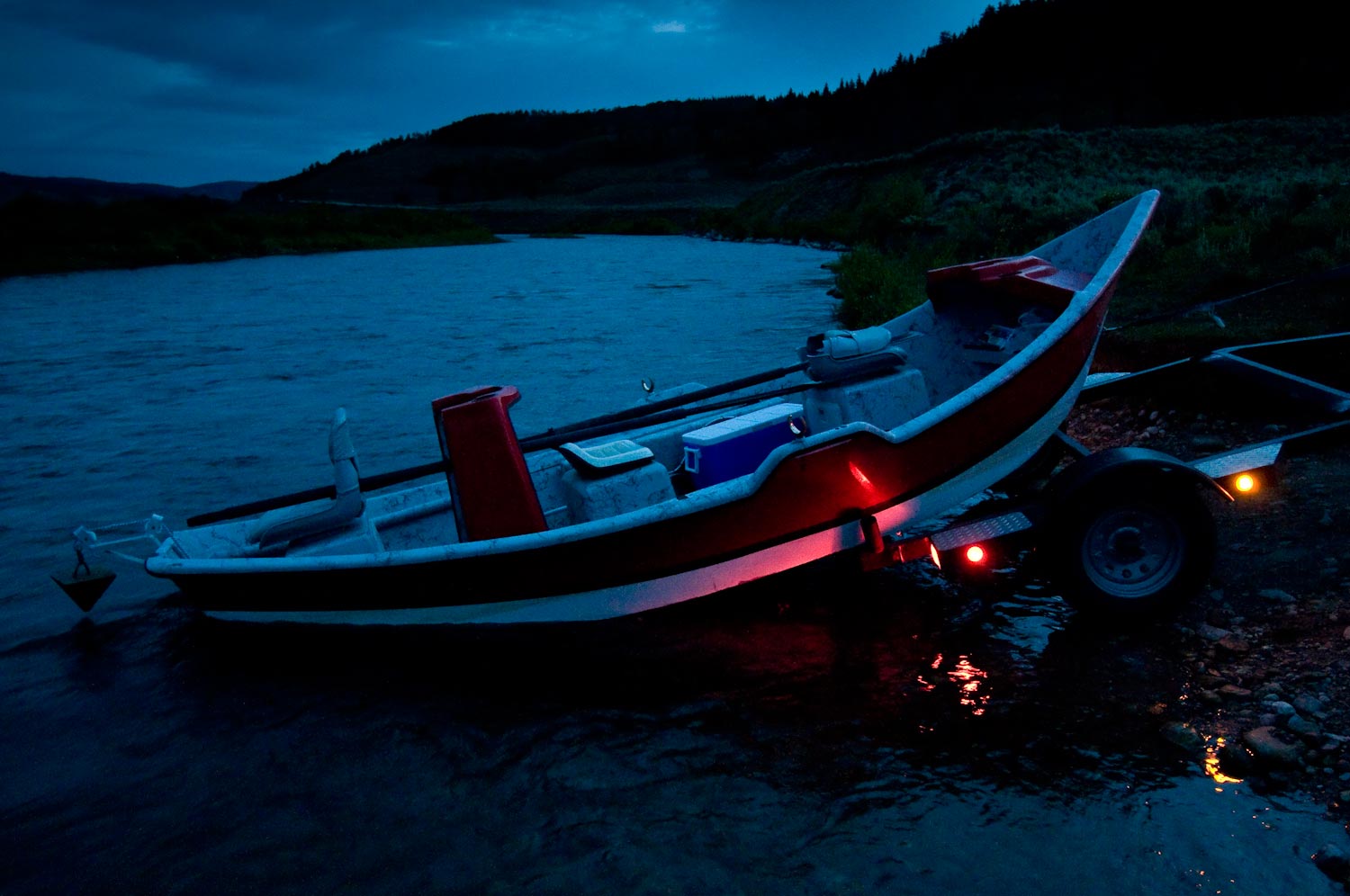
IT’S NO COINCIDENCE THAT WHEN THE LIGHT GETS PRETTY, IT ALSO GETS LOWER.
That is to say that like low water, there just isn’t much of it. Those early morning and late evening shots are beautiful but challenging. Low light means slow shutter speeds and, all too often, blurred photos. Here are some tricks I use to help beat the blur.
Check your ISO
Formerly known as ASA, the ISO setting on your camera adjusts the sensor’s sensitivity to light. Some cameras are capable of adjusting their own ISO. If yours is not, you will get better results by adjusting this setting for the existing light conditions. If you are in bright sun, a low ISO setting like 100-200 will give you sharper images with less noise. If you are in low light like dusk, a higher ISO like 400-800 will give you faster shutter speeds and minimize camera shake. Some high end DSLRs get good results as high as 3200. When you start using your ISO setting, it is important not to forget to readjust when conditions change. Eventually it will become second nature.
Use a fast aperture
The aperture, or F stop, controls how much light the lens allows into the camera. Faster, or wider, apertures (the ones with the lower numbers like 2.8) let in more light and allow higher shutter speeds. When light is low it’s best to select a faster aperture but be aware that your depth of field will be reduced. Pay close attention to your focus, you may have to choose what part of the scene you want tack sharp.
Get a good grip
The way you hold your fly rod effects you casting, right? The way you hold your camera matters too. Most people never stop to think about it but I remember being taught in school the proper grip for a camera. First off, all SLRs are right handed. If you’re left- handed, you will just have to get used to it. To properly support the camera, your left hand should be positioned palm-up and level and the camera — whether oriented horizontally or vertically — rests in your palm. Your left thumb and index finger curl up to the lens to operate zoom and focus features. Most cameras have an ergonomic grip on the right side that leaves your index finger ready for the shutter release, and thumb free for the adjustment wheel. Let the left hand support the weight of the camera. With large telephoto lenses it may be necessary to move your left hand forward under the lens for balance. With a good grip you will have a steadier camera and sharper photos. You will also be prepared to act fast when opportunity presents itself.
Know what you can hold
Hand holding a camera at slower shutter speeds is tricky and your lens choice makes a big difference in how slow you can go. Longer focal lengths require faster shutter speeds. Ever look through binoculars and notice how shaky the image is? The same thing is going on in your camera. Fortunately there is an easy rule of thumb to help you select a shutter speed. Look for the shutter speed with a denominator as close as possible to the focal length of your lens. So the average person can hand hold a 24mm lens at 1/30 of a second or a 300mm lens at 1/250 of a second or a 50mm lens at 1/60. These are averages, you may get by with a little more or less. Experience will tell you.
Get grounded
When you are trying to hold a camera steady you need a good stance. Be sure your footing is solid and relaxed. Don’t try to perch on rocks in fast current. When possible make three point contact by leaning against a tree or other stationary object. Kneeling can help too by taking your knees out of the equation. Don’t be afraid to
Fly Fishing Bass Ponds – 101
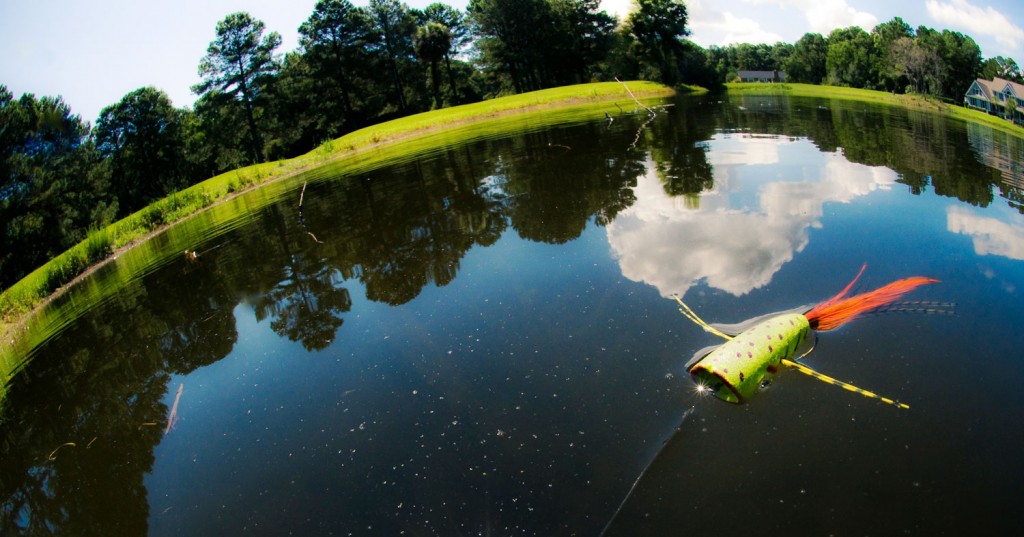
Believe it or not, I’ve probably spent just as much time fly fishing on bass ponds in my life than I’ve spent traveling around chasing trout.
Fishing farm ponds is where I originally found my love for fly fishing. From 5th grade until I graduated high school, my daily afternoon routine consisted of dropping off my backpack, and picking up a fly rod until the dinner bell rang. I was religious about it, and many that new me may even argue I was a little OCD. Looking back on it all now, there’s a good chance I was, but it’s all good because it molded me into the angler I am today. That’s why, when I look back on those childhood memories or find myself randomly driving by one of those small 2-acre ponds, I pay my respects and give thanks.
Fly fishing for bass on ponds is a great way to get into the sport. There’s usually plenty of fish, and you always stand a good chance at catching them. One of the greatest things about ponds in my opinion, is that most of them are small enough to fish their entirety from the bank. And the smaller the piece of water you’re fishing, the easier it is to locate fish. If you don’t agree, go out on a big public lake, and you’ll quickly understand what a bonus this is for an angler.
The eight years and thousands of hours I spent fly fishing bass ponds growing up, I learned a great deal about fishing them. Below is a list of tips that I’d like to pass on in the hopes it will help others find success.
1. Casting parallel to the bank allows you to quickly locate where the fish are holding and feeding.
It didn’t take me long fishing ponds to figure out the best method for consistently catching fish was casting my flies parallel to the banks of ponds. The reason it’s so effective is because it allows you to cover water systematically and thoroughly. Furthermore, when you cast parallel to the bank you can follow your fly with the natural contours of the pond, work it along edges and keep your flies in similar water throughout your retrieve. Instead of spending your time casting out into deep water and working your flies back to you, start out casting your flies just off the bank, then slowly working your parallel casts outward into deeper water. Doing so, you’ll be able to locate where the majority of the fish are located and feeding, eliminate unproductive water and concentrate your efforts and first casts in the hot zones.
2. Bass are just like trout, in the fact that they go where the most food is located.
Warmwater species of fish are very similar to trout, in the fact that they spend most of their life span staying close to their food sources. The majority of the food found in ponds is located in close proximity to the banks. This is even more true when your fly fishing on ponds that lack lots of cover and structure. If you take the time to look along the banks, you’ll find bream and juvenile bass, newly hatched fry, frogs and tadpoles, dragonfly and damselfly nymphs and crayfish. All of these species use the banks and it’s vegetation in and out of the water for cover and safety. If they venture out into open water, they know their sitting ducks for predators. Bass use two methods for foraging on their food sources. They either set up stationary in ambush spots close to cover or structure awaiting prey, or they stay on the move, slowly patrolling the waters where the majority of their food sources are located. The key here, is to have a strategy with your presentations. Don’t randomly cast your flies around the pond.
3. Bass can be spooky just like trout.
A lot of novice fly anglers seem to think bass pay little attention to their safety and feed with total abandon. This couldn’t be farther from the truth. Maintaining stealth during your approach and your presentations can often determine whether or not you find success on ponds. Move slowly and quietly at all times, and make your
Martin’s Boat – A Film By Pete McBride

How about a virtual dory trip in the Grand Canyon?
Take a few minutes to sit in the rowers seat with Grand Canyon legend Martin Litton. While this is not a fishing trip this beautiful film is full of heart pounding excitement and natural beauty, on one of the world’s greatest rivers.
MARTIN’S BOAT – A FILM BY PETE MCBRIDE
Read More »The 3 C’s of Trout Fishing – Current, Cover, and Cuisine
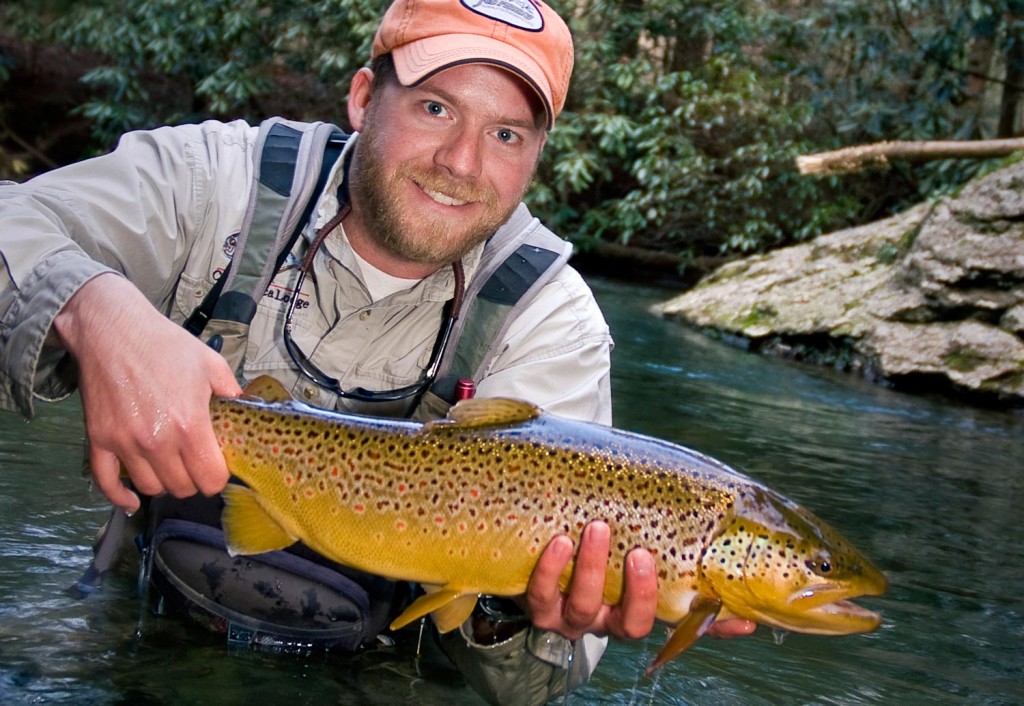
Here’s the Million Dollar Trout Fishing Question….
Are you putting enough emphasis on the 3 C’s in your trout fishing? The availability of Current, Cover and Cuisine most often dictate where trout decide to set up shop. Being able to consistently pick them out will ultimately determine how much success you have on the water. Furthermore, if you can find a spot that has all three C’s, you’re probably staring at a honey hole that holds the trophy of your dreams.
As a ignorant rookie fly fisher, I recall early on in my career, how I’d start out my day selecting a section of water, and go about mindlessly fishing its entirety from point A to point B. I had no understanding of trout’s survival instincts and how it influenced their whereabouts. All the water looked good to my untrained eyes, and I’d spend equal time fishing the entire stretch of water, regardless of the depth, where the current and food were located, or if the spot had any elements of cover. Back then I was completely clueless there was a reason 20% of the water held 80% of the fish, and in turn, I spent way too much time fishing in all the wrong places. It was amazing how long it took me to figure out why I wasn’t catching very many trout.
Don’t make this common rookie mistake, you’re better than that. Instead spend your time eliminating unproductive water, and locating and fishing productive water that has all three C’s. Doing so, you’ll find your catch numbers and size increase dramatically. Below are basic descriptions of current, cover, and cuisine, and why all three are equally important.
Current
Trout have a love hate relationship with current. They love the fact that current
Hook Selection for Nymphs
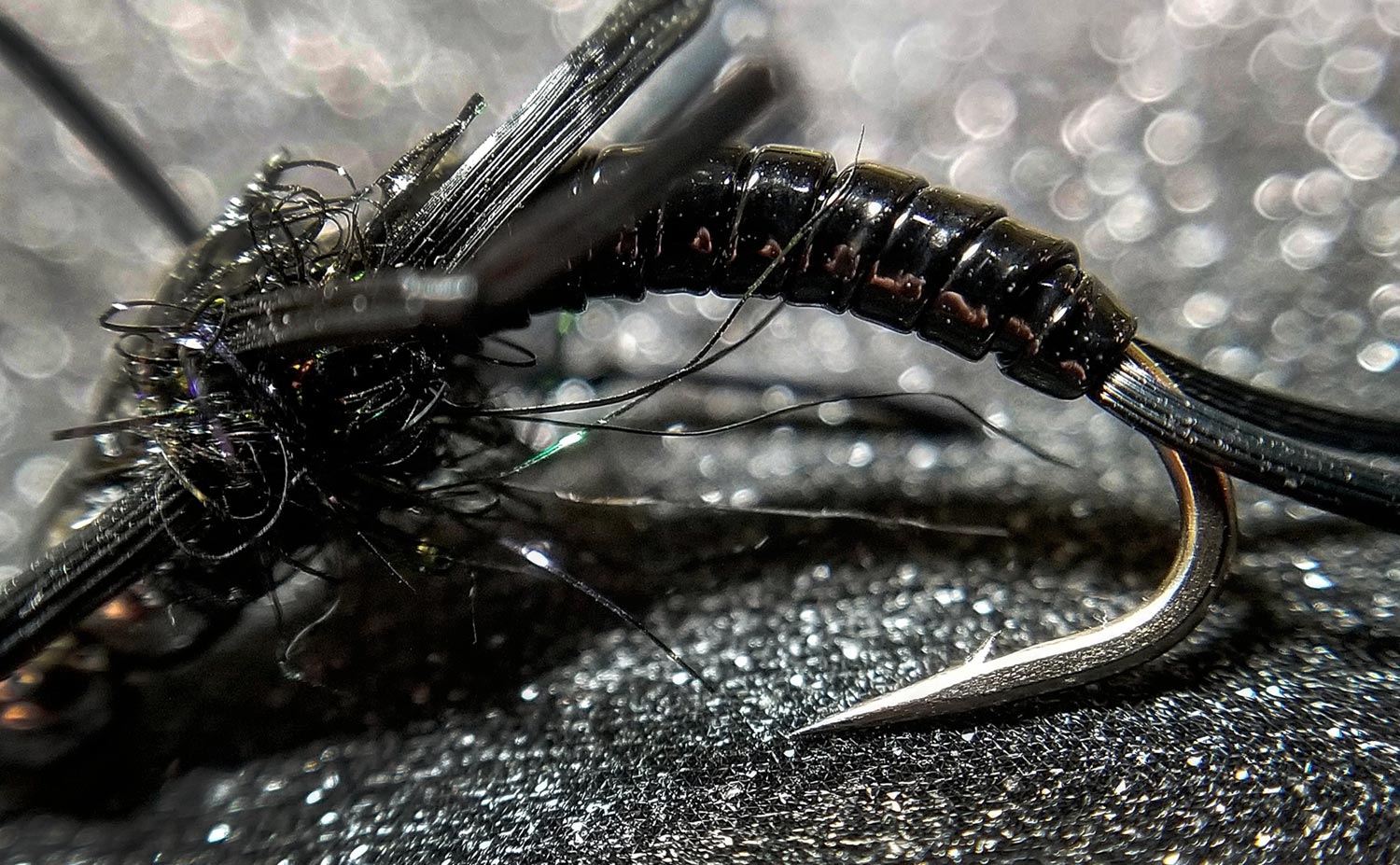
By Bob Reece
While fly pattern aesthetics can be pleasing to the eye, solid foundations are equally important.
In the process of fly tying, hooks provide that footing. The desired imitation and application should both be taken into account when selecting hooks for any nymph pattern.
When tying a pattern that has been created by a professional tier, follow the hook choice shown in the original recipe. That tier researched, tested and chose that hook because it accurately allowed for the imitation that they intended. By supplementing a different hook you may alter the posture or profile of the pattern. This can subsequently alter its effectiveness. If you’re in the process of creating your own pattern you should take into consideration the behavior that you are imitating. For example, a swimming scud takes on a straightened posture as it moves through the water. Conversely, a dead scud drifting in the current displays a hunched position. Due to this fact, a straight shanked hook more accurately imitates the swimmer while a curved shank properly mimics the deceased drifter.
In addition to behavior, insect proportions should be analyzed when choosing hook models. For my time spent on Wyoming tail waters I tie midge patterns on size 18 to 24 1x long nymph hooks. In a drastic contrast, I tie large chironomid patterns in sizes 12 to 16 on 2x long nymph hooks for the lakes that I guide on. This difference is not due to a personal preference. It is strictly based on knowing the proportions of the food resource that I am imitating.
Application of the nymph pattern you’re constructing should also impact the model of hook that you choose. While using the
Read More »Tarpon on the Fly: 10 Rookie Mistakes
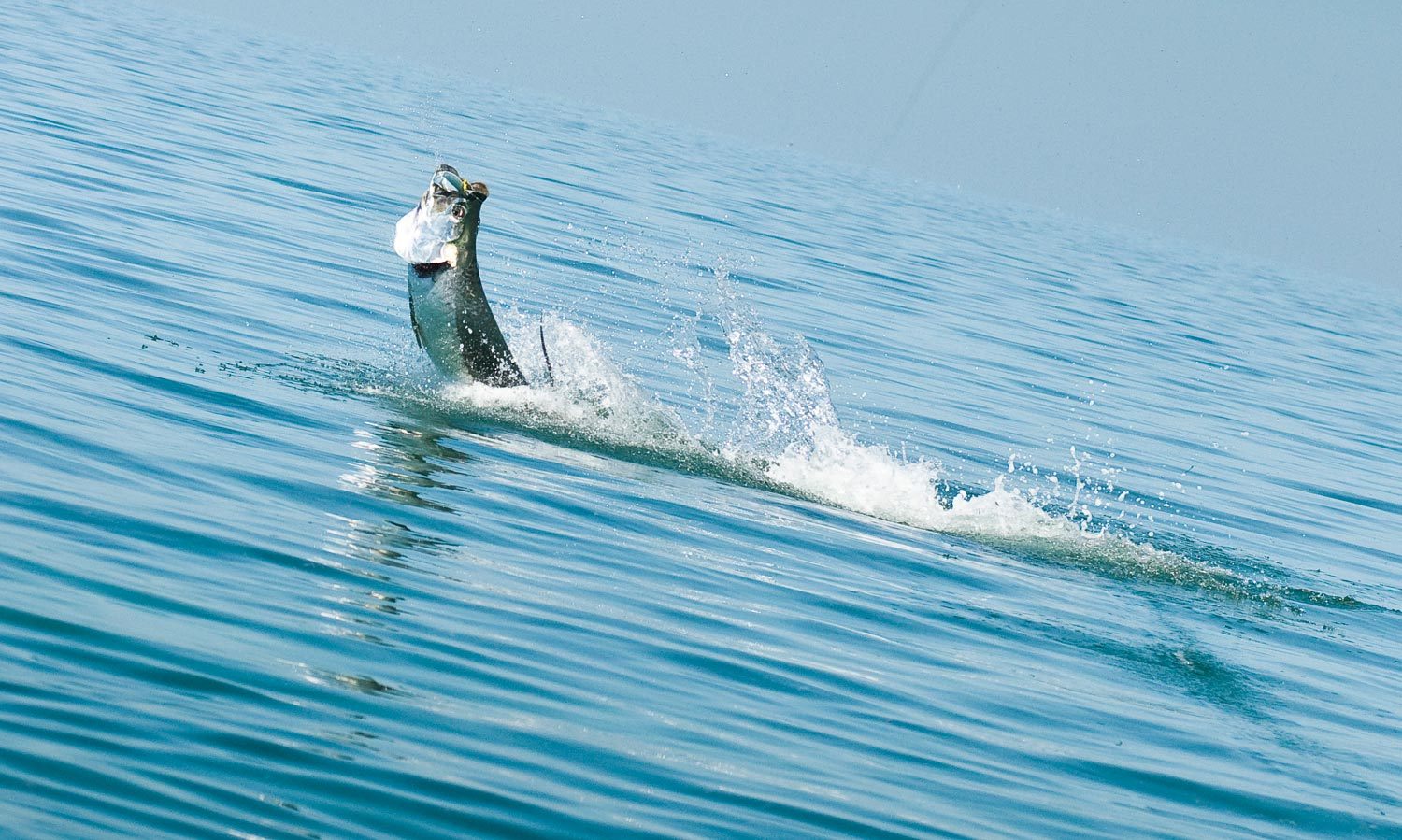
I’ll never forget heading down to the Florida Keys for my first fishing trip for tarpon on the fly.
Cruise control set and adrenaline pumping through my veins, that fifteen hour drive south only felt like it took four hours. My rookie confidence was overflowing, leaving me zero doubt that I had the necessary fishing skills to step up to the challenge of landing a tarpon on the fly. After my first trip was completed and I played it all back in my head, I realized I could have been a whole lot more prepared. My guide Capt. Joel Dickey did his job. He put me on plenty of fish, I hooked up with a couple nice tarpon, but I never landed one because I made too many rookie mistakes on the bow. Below are 10 common mistakes I wished I would have taken the time to read over before I made my first tarpon outing.
Read More »Bruce Chard’s Key Lime Pie Tarpon Fly
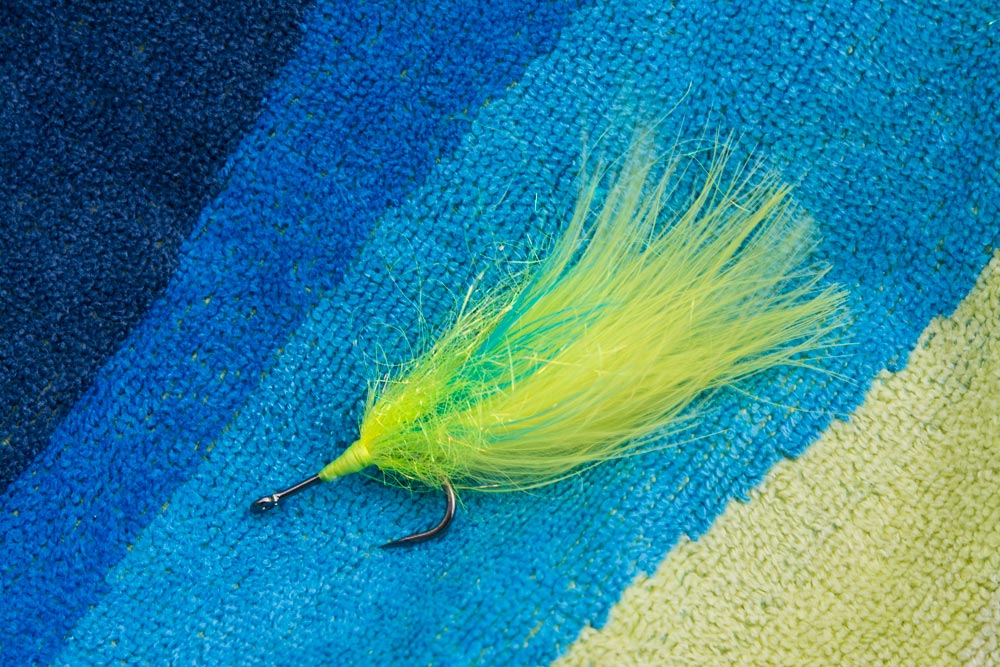
SPOOKY TARPON? NO PROBLEM.
Feeding tarpon a fly on bluebird days when the sun is high and the water is clear can be quite a challenge. It’s always a little mind blowing to see a six foot long monster run from a three inch fly bit it happens more times than not when conditions are tough.
When it comes to fooling tarpon, I don’t know anyone with a better track record than Bruce Chard. Today Bruce is going to share with us a simple fly that turns those tough days into hero shots. He calls it the Key Lime Pie, because it’s just that hard to resist.
Watch the video and learn to tie Chard’s Key Lime Pie.
Read More »Glass or Graphite, What’s Right For You?
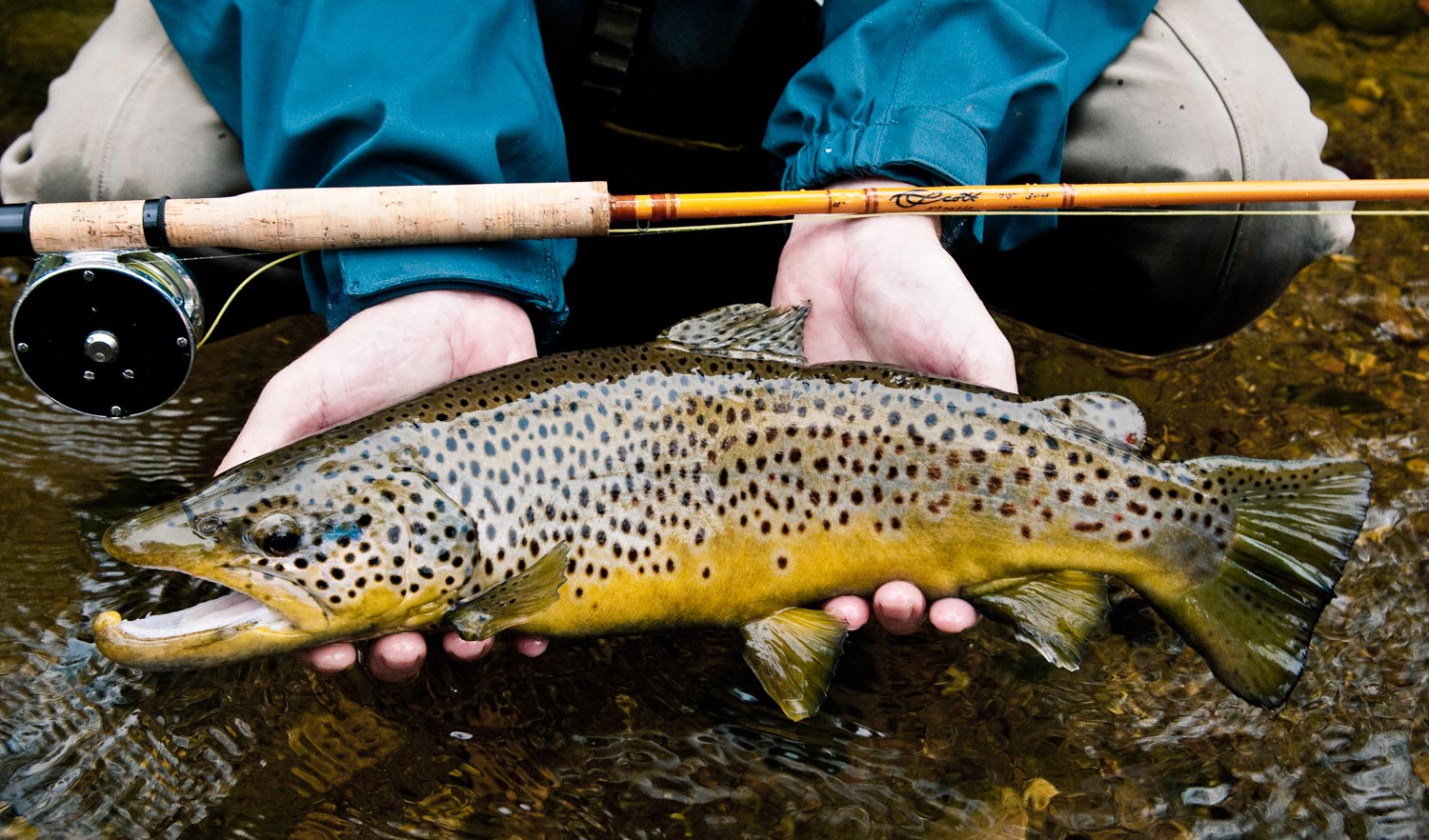
When choosing between graphite and fiberglass fly rods, it’s smart to consider where and how you fish.
I got an email the other day from a reader. Here’s an excerpt:
“I am looking at a 7wt predominantly for trout and smallmouth here in Tennessee. I currently have a mid action 6wt that is really nice, but since I don’t have a boat, it’s hard to make long casts with weighted streamers to trout on the opposite bank. I recently found the blue halo 7wt glass rods, and I guess my question is how do you feel about fiberglass streamer rods? Do they have the muscle to turn over the same weighted streamers a graphite 7wt would have?”
It’s a great question. There’s a lot of enthusiasm right now for heavyweight fiberglass fly rods. I have one myself and I enjoy fishing it very much. Does that mean it’s the best tool for the job? Not necessarily. If, like the fellow who emailed me, I was mainly concerned with casting a heavy fly to the far bank, it’s probably not the rod I’d choose.
I like fiberglass rods a lot. I have glass single-handers in weights from 2-8, and a one spey. There are some things they are very good at, and some things they are not. You can make a long cast with a heavy fly using a glass rod but you’ll have to be a great caster.
When you are deciding between glass and graphite, consider the strengths of each.
Strengths of fiberglass fly rods
Feel: Fiberglass rods have great feel, which means that it’s easier to feel the rod load. The feedback which the caster receives from the rod makes casting very pleasant for anglers who enjoy feel.
Tempo: Glass rods are slow. That’s both an asset and a liability but the slower casting tempo which comes with a slower rod is easier in many ways. If you were trying to play a complicated piece of music, wouldn’t it be easier to play it slowly?
Presentation: Because they do not generate the line speed graphite rods do, glass rods lend themselves to delicate presentations. Remember, however, that presentation is about casting skill and material alone is not the answer.
Strength: Not strength as in casting power, but
Read More »DIY Emergency Boat Anchor: Video
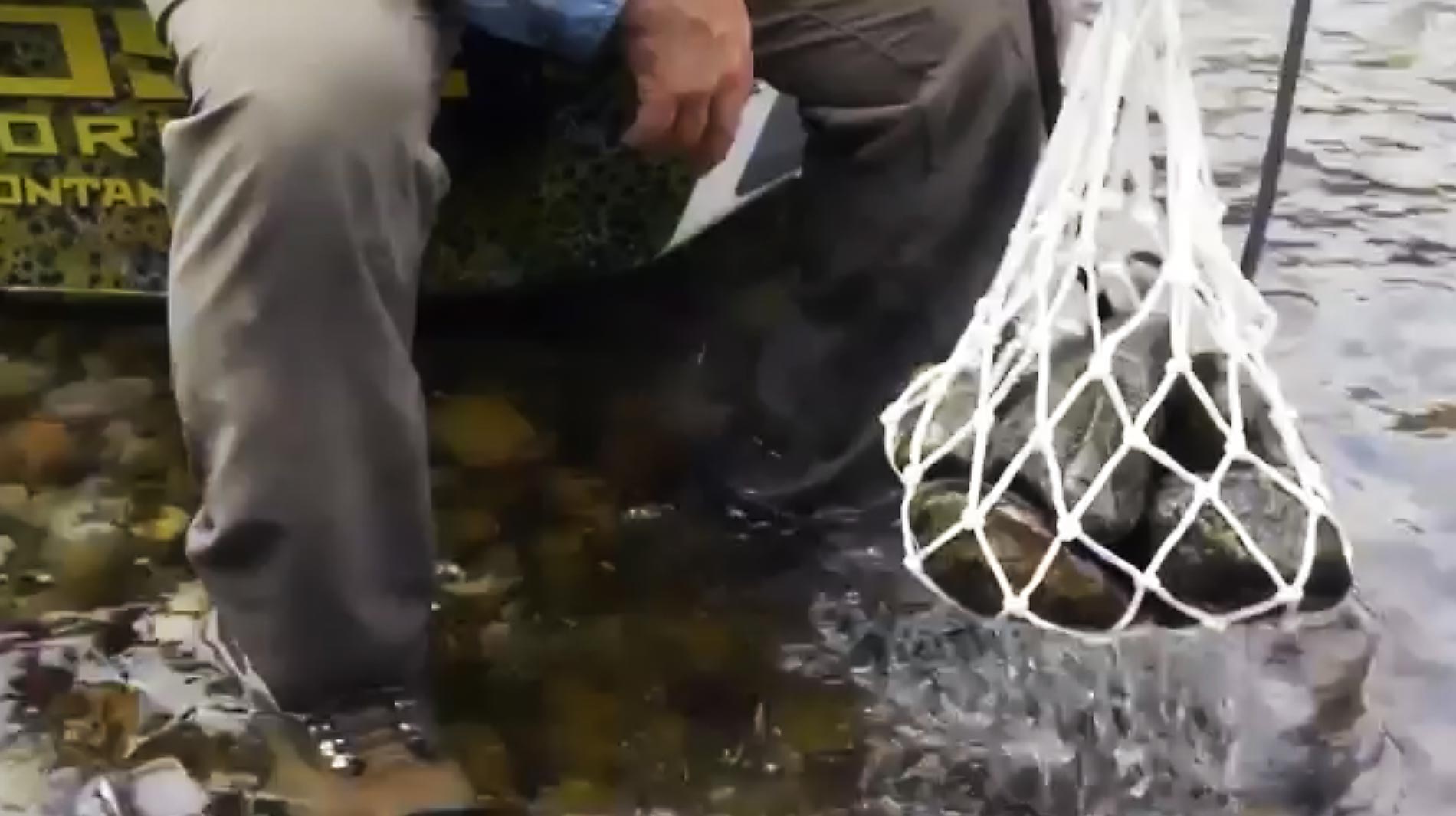
Have you ever lost your boat anchor during a day on the river?
If you haven’t, you probably will. Or at least you’ll forget to bring it one day. It can make for a pretty frustrating day of fishing but it doesn’t have to be. There’s and easy and inexpensive way to make an emergency boat anchor.
Keep a basketball net in the boat. It cost $6 and takes up no space. In a pinch it makes a great boat anchor. It could be the best $6 you ever spent.
WATCH THIS VIDEO AND LEARN TO MAKE AN EMERGENCY BOAT ANCHOR FORM A BASKETBALL NET!
Read More »